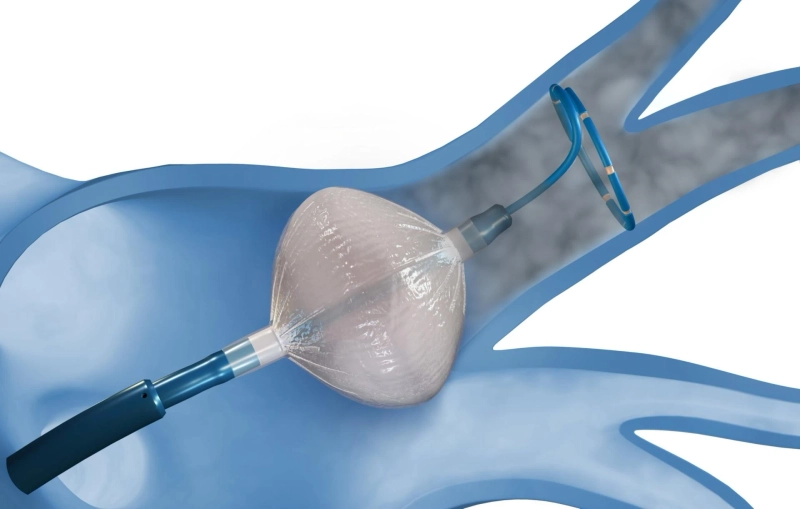Both cryoablation devices and radiofrequency ablation (RFA) offer minimally invasive treatment options for liver cancer. However, there are some differences between the two procedures that may make one more effective than the other in certain cases.
Cryoablation devices work by freezing the cancer cells, while RFA uses heat to destroy the tumor. Cryoablation devices are often preferred for the treatment of tumors that are close to major blood vessels or other critical structures, as the freezing process can help to protect these structures from damage. RFA is often preferred for the treatment of larger tumors, as it can often destroy more tissue in a shorter amount of time.
Both cryoablation devices and RFA offer several benefits for the treatment of liver cancer. They are both minimally invasive procedures that offer a low risk of complications and minimal side effects. They also offer a high success rate, with most patients experiencing a significant reduction in tumor size or complete tumor destruction. The choice between cryoablation devices and RFA will depend on the individual patient's condition and the location and size of the tumor.


